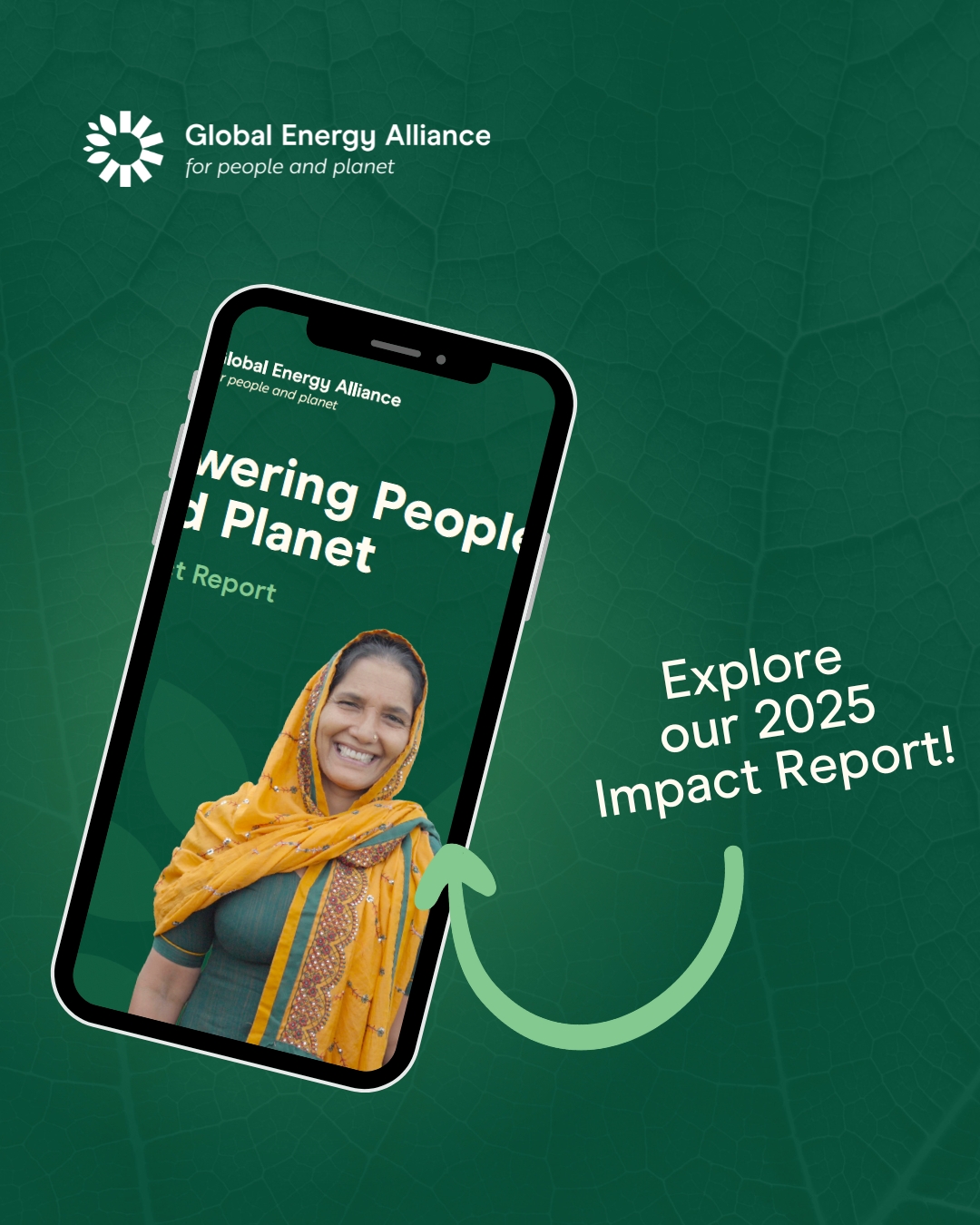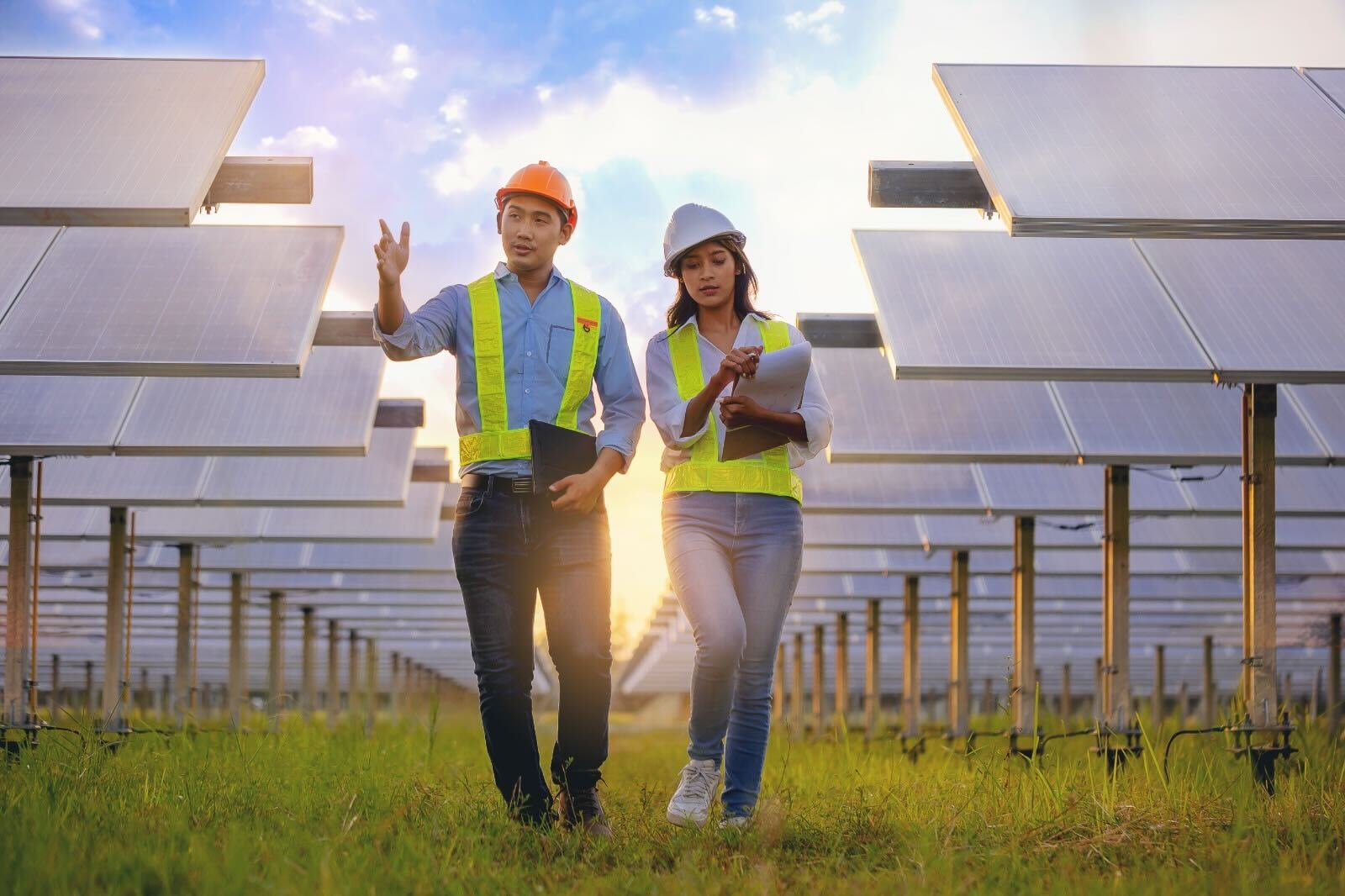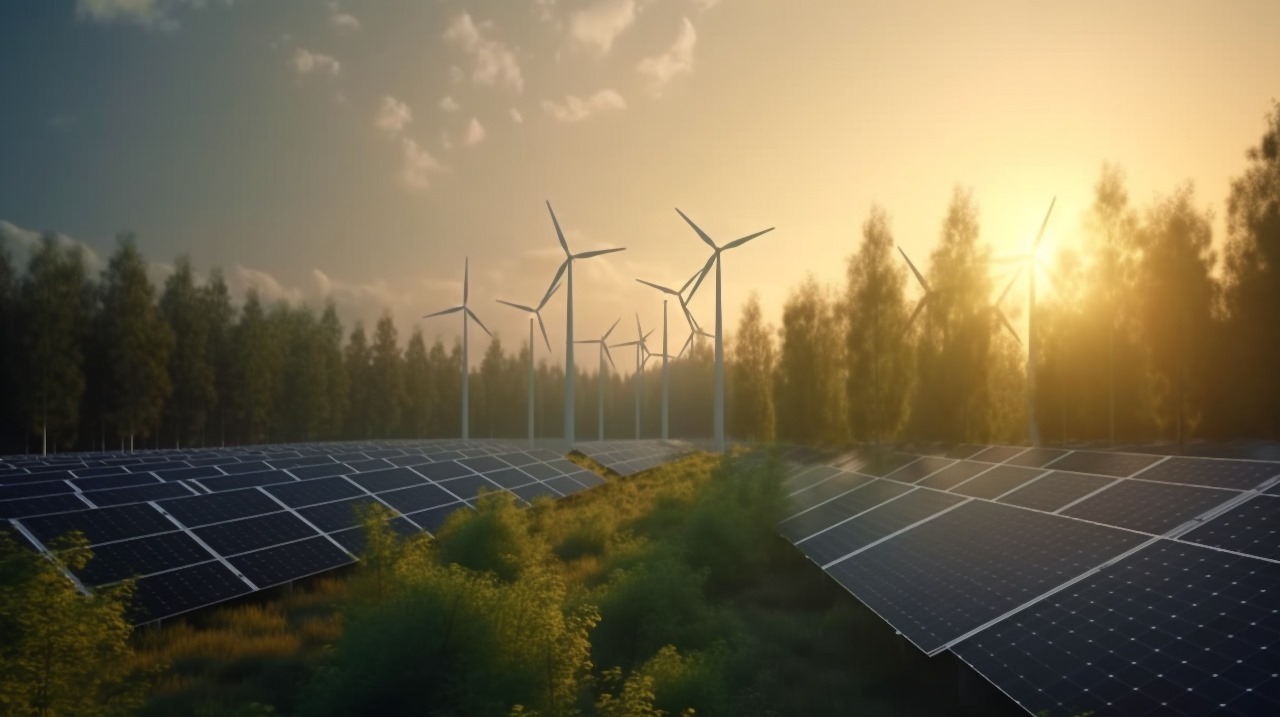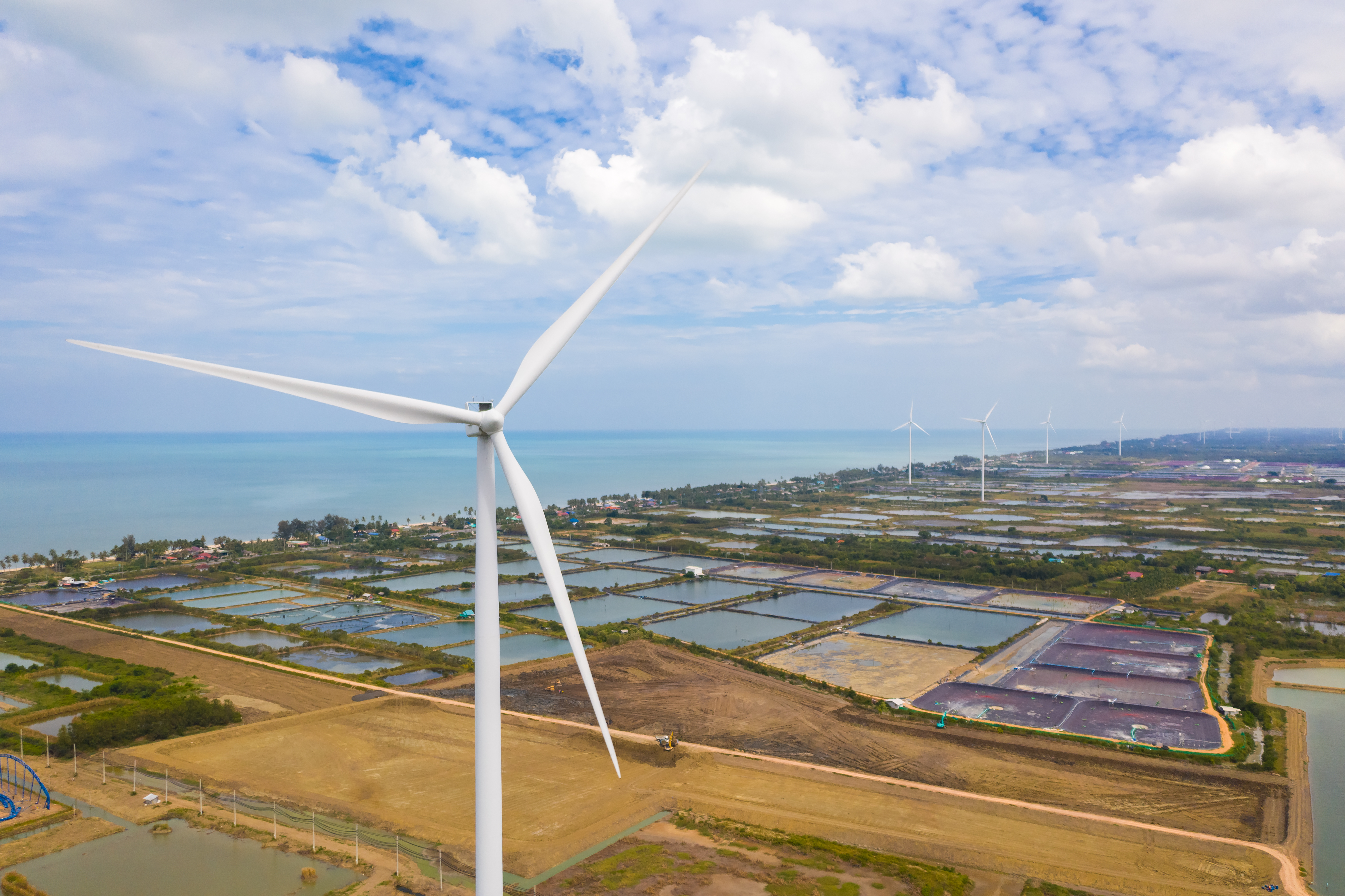Gender, Climate Finance, and Energy Access: Southeast Asia Emerges as a Key Region

Introduction
There are no two ways of saying this—climate change is devastating for people and the planet. The urgency is gaining traction with leaders at all major platforms, highlighting the need for collective action and increasing public and private green financing to address this inevitability.
What hasn’t been said enough is that for any climate finance mobilization initiative to make a lasting impact, gender markers must be incorporated into the equation. The United Nations Standing Committee on Finance (SCF) Forum 2024 recognized that while the climate crisis and its solutions impact the vulnerable sections disparately, the momentum to include these in climate financing is still nascent. The committee underlined the need to ensure adequate funding for gender-responsive climate action in the new Nationally Determined Contributions (NDCs), which are due in 2025. The issue of gender parity also took center stage across several sessions at the recent World Economic Forum’s (WEF) annual meeting in Davos. During one of the sessions, Anna Bjerde, Managing Director of Operations at the World Bank, highlighted that closing the gender gap in entrepreneurship and employment could bring about a 20% rise in the global Gross Domestic Product (GDP). Incorporating gender markers into climate and growth ambitions will result in a more equitable future.
Gender-Responsive Climate Finance: The Present Status
Besides the UN and WEF, COP member states have increasingly recognized the importance of integrating gender in their overall climate ambitions. About 81.5% of parties mentioned gender in their latest available NDCs.
However, climate finance initiatives do not often include gender-responsive approaches that interweave emission reduction, gender equality targets, and accountability. Most climate finance deals, even those operating on the Public-Private Partnerships (PPP) model, do not include gender as a metric. According to a Climate Policy Initiative report, only 22% of the 551 climate-related blended finance deals in Convergence’s Historical Deals Database (HDD) were gender-responsive. Deals that incorporated gender were largely initiated by public investors in Europe and North America, leaving the Global South underserved.
The transition to renewables presents a unique opportunity to align climate action with gender equity. Women, disproportionately affected by energy poverty, face restricted access to modern livelihoods, health risks, limited employment opportunities, and increased dependence on traditional fuels like wood. Investment in green energy projects that prioritize gender equity could catalyze transformative changes by expanding access to affordable, reliable energy, empowering women, reducing inequality, and accelerating climate action. Financing mechanisms tied to renewable energy must explicitly target women’s inclusion as beneficiaries, entrepreneurs, and decision-makers to unlock this potential.
The impact of gender-responsive climate finance in propelling a people-positive energy transition becomes evident in projects such as the ones being led by the Green Climate Fund (GCF) in association with the UN’s Food and Agriculture Organization (FAO) in Nepal and Gambia. In Nepal, GCF and FAO have joined forces with the government to establish farmer field schools to empower women as decision-makers and central actors in promoting sustainable agriculture and natural resource management. In Gambia, the projects are promoting sustainable fishery and restoration practices to enhance livelihoods and build resilience, with a primary focus on training and upskilling women.
These initiatives can serve as a blueprint for transforming institutional and regulatory frameworks in the Global South. Policy frameworks and schemes should consider gender equality and climate action as two interconnected agendas rather than separate ones.
Southeast Asia: A Key Example in Gender and Climate Initiatives
Southeast Asia has witnessed exponential economic growth in recent decades—which implies that the region’s energy demand dynamics are also significantly transforming. In this context, the emphasis on enhancing green energy access in the region demonstrates Southeast Asia’s commitment to balance its development priorities with climate goals by transitioning away from energy-intensive fuels.
However, Southeast Asia also grapples with an increased vulnerability to climate risks. Among those affected, the disproportionate imprints of climate change will be most profoundly perceivable in the lives of women. Climate change threatens to exacerbate the pre-existing gender disparities in terms of land ownership rights, access to healthcare and energy, decision-making powers, and employment opportunities. For the region to progress on its climate and gender commitments, international partnerships are a crucial requirement.
Any project will fully realize its potential only if it targets the sectors and communities that are most vulnerable. Funding initiatives through international alliancing can be a step towards gender-responsive climate finance. It may attract more investment from the private sector to reduce energy poverty and empower women. An exemplary funding initiative is Australia’s Gender Equality Fund—mobilizing investments in support of gender equality and empowering women leaders in the Pacific and Southeast Asia through partnerships spanning local, national, and global levels.
Working along the same vision, Global Energy Alliance for People and Planet (GEAPP) brings together multiple stakeholders to pool technical assistance, insights, and action plans to integrate gender with climate solutions and advance Southeast Asia’s energy transition. In Vietnam, GEAPP along with the International Finance Corporation (IFC), the United States Agency for International Development (USAID), and the Australian Department of Foreign Affairs and Trade (DFAT), launched the Climate Leaders Network (CLN). CLN is amplifying women’s voices and participation in the global climate discourse by empowering women leaders across Vietnam’s key economic sectors.
In Indonesia, the state electricity company PT Perusahaan Listrik Negara (Persero) (PLN) is collaborating with GEAPP on the “Renewable Energy Access for Last Mile” program, which targets improving energy access for remote islands in the country. The initiative is linked to PLN’s de-dieselization program and will aid in reducing energy poverty. The program will enable women in the region to access green and reliable energy, positively impacting their lives.
Gender-responsive climate finance is essential to ensure that nations can achieve an equitable energy transition. Southeast Asia, particularly JETP countries, can lead the way in this aspect by instituting policies that tackle both gender and climate under their net-zero plans.



